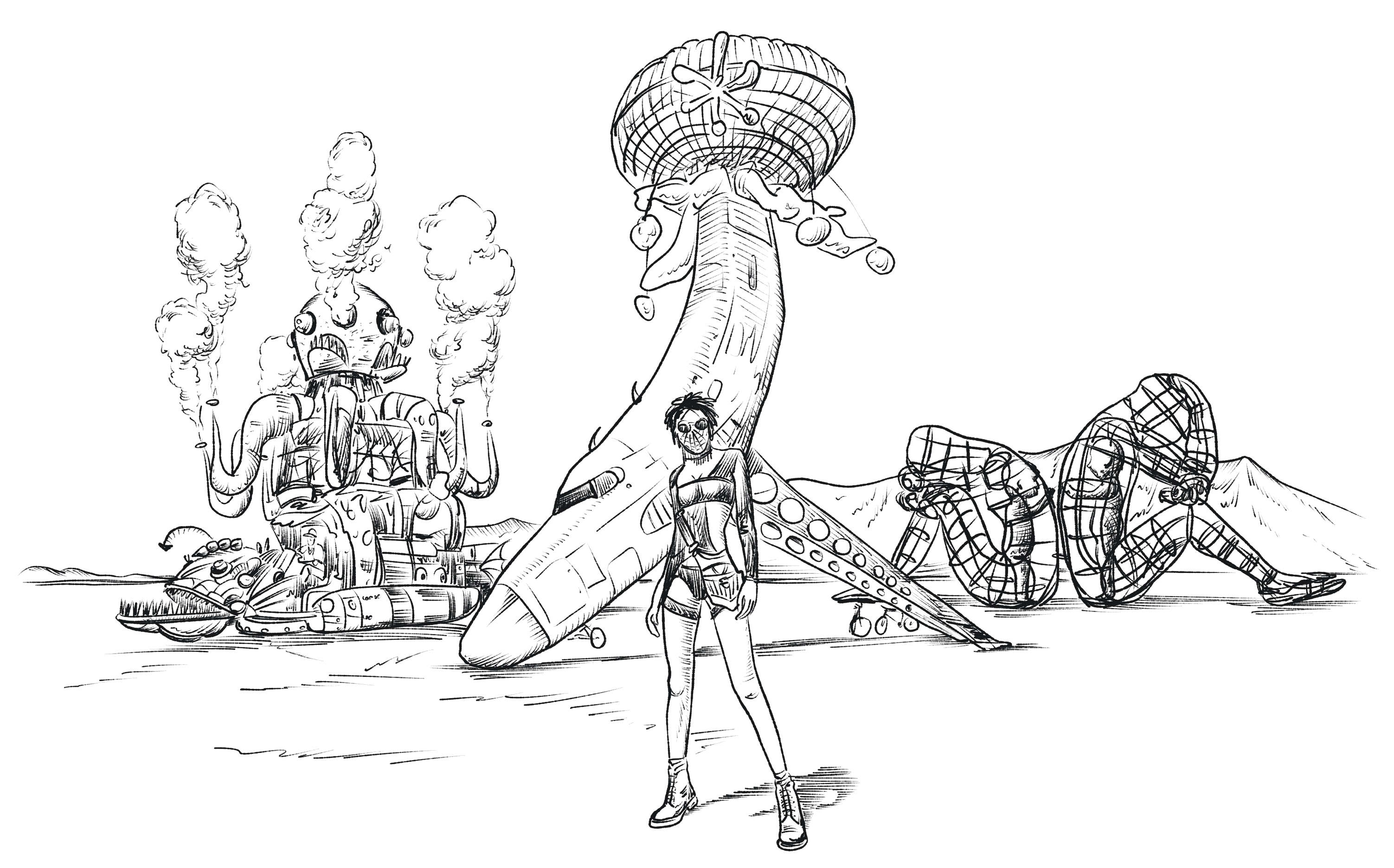
Burning Man and AfrikaBurn
Burning Man
Origins and Location: Burning Man began in 1986 on Baker Beach in San Francisco when Larry Harvey and Jerry James burned an 8-foot wooden effigy. It later moved to the Black Rock Desert in Nevada, which has become its traditional home.
Event Timing: The event typically occurs annually in late August and early September, culminating on Labor Day weekend in the United States.
Principles: Burning Man is guided by ten principles, including radical inclusion, gifting, decommodification, radical self-expression, communal effort, civic responsibility, leaving no trace, participation, immediacy, and radical self-reliance.
City in the Desert: The event creates Black Rock City, a temporary metropolis consisting of art installations, theme camps, and a community of around 70,000 participants.
Art and Creativity: Art is a central focus, with large-scale interactive installations, sculptures, and structures built and often burned during the event.
Economy: It operates on a gift economy, where no money is exchanged for goods or services during the event.
Environment: Participants follow the “Leave No Trace” philosophy, ensuring that the desert environment is preserved and cleaned up after the event.
Burning of the Man: The symbolic burning of a large wooden effigy of a man is a central event, representing the culmination of the festival.
Community and Culture: The event fosters a vibrant community emphasizing creativity, self-expression, and collaboration.
AfrikaBurn
Origins and Location: AfrikaBurn is the largest regional Burning Man event in Africa, and it began in 2007. It takes place in the Tankwa Karoo National Park, a remote and arid region in South Africa.
Principles: Like Burning Man, AfrikaBurn adheres to similar principles, focusing on community collaboration, self-expression, and environmental responsibility.
Unique Environment: The Tankwa Karoo is known for its unique, rugged beauty, with its expansive views and semi-desert landscape providing a striking backdrop for the event.
Art and Installations: Participants create and display a wide range of artistic installations, performances, and themed camps, many of which are interactive and designed to be experienced communally.
Cultural Influence: While AfrikaBurn shares the core ethos of Burning Man, it incorporates local African cultural elements and art, creating a unique blend of global and local influences.
Participation: Participation is a key component, with attendees actively contributing to the event in various ways, from creating art to participating in theme camps and performances.
Economic Model: Like Burning Man, AfrikaBurn operates on a gifting model, which encourages no commercial transactions within the event space.
Sense of Community: The event fosters a strong sense of community among participants, who work together to create and sustain the temporary city in the desert.
Both events are more than just festivals; they are immersive experiences that celebrate art, community, and shared human values. They leave a lasting impact on participants, who often describe them as transformative experiences.
